The winter is here and brings a cool breeze right into our nose. But the breeze and vacation are not the only things that winter brings. It brings snow and snow, in turn, gets its best friend, blizzard! It is almost like they come together, winter and blizzards!
If you are not salting driveways already, you are going to star yourself in the viral videos of funny leg slips on your driveway. But they are not funny, are they?
It is funny for the people who have not slipped to see someone fall and laugh. But for the person who had slipped? Ah! It’s a significant pain! Imagine carrying a hot coffee and sliding on the driveway spilling coffee all over yourselves.
It is painful to imagine such a scenario. And for that to not happen, you need to take preventive measures to your driveway.
Salting Driveways or Using Sand Instead

Did you know that the standard measure of prevention is salt! But many people use sand instead. But why sand? If the driveway is all snowy and falling is unavoidable, it is better to cover the snow. If you use sand to cover the snowy driveway, you do not slip on the layer of sand!
But do you find it somewhat not sticking? Because it is not! It does not stick; something is tingling, maybe your spider senses. Because it is such a mess to have sand all over, imagine carrying all the sand on your dress and you entering your home. What a nightmare! Then comes salt to the rescue! Salt melts the ice.
First Things First
Well, before you start planning which one to use, sand or salt, you need to figure out a way to go out first. Because you need to go out, buy the sand/salt and work in the snow. You don’t need to sacrifice some slips to prevent future missteps. You do not need to slip at all, and that is what this is all about.
Before salting the driveway, let’s get done with making a way out. And that would be shoveling the driveway. Bring out your gardening weapon, the shovel. Start by picking a path from your entrance to the lot’s entrance. Shovel all the snow and make yourself a way to go out and get in without any snow in the way.
Of course, at this point, you might feel like shoveling everything up, but it would be a pain in the neck! You don’t need to take all that work all by yourself because it will probably snow anytime soon again. And the thing about snowing is, soon the snow turns to ice. And that is precisely the thing that makes you fall. Shovel your way before it starts getting icy.
The Decision Time
Now is the time for you to contemplate between salt or sand. As we discussed, sand is for covering it up, and the salt is for melting it down. It is up to your preference to choose any. If you want to select the less messy thing, choose salt! But if you are looking for a more practical choice, the sand is ideal.
But again, to know more about what is best for you, we need to explore where each choice would lead you. It is always the cause and effect. Here the cause is your choosing, and the effect is the consequence of a comfortable life of no-slips. So, let us get into the exploring part without wasting any more time.
Exploring the Sand
Sand, not just any sand but the sand that is rough and has more fiction. Unlike the salting driveway to melt the ice, the purpose of using sand is friction. Smooth icy surfaces have none, and that is why we fall in the first place. We need enough friction to be able to stand and move on a surface. So, if we chose soft sand, it would just defeat the purpose of sanding.
- Instant traction on ice and snow; People, Pet & Plant Safe - Safe on eyes, skin, paws and if...
- All Natural - Composed of all-natural minerals and safe ingredients. 100% free of harmful salts and...
- Works at All Temperatures - Works at any temperature and any thickness of ice (even black ice);...
- Surface Safe - 100% safe on all surfaces including decking, new concrete, pavers, etc; Anti-skid -...
- Excellent Spread Rate - Use sparingly while getting excellent traction on large areas for long...
Sand is cheaper than salt, and you can get it almost anywhere. If you want to spend no money, you can even get some yourself. But spending some cheap dough is better. For the frictionless icy driveway to become rough, you pour sand as a rough layer on it so that your vehicle moves freely too without squeezing the brakes hard.
The problem with using sand is unlike the salting driveway; you need to reapply the sand once in a while. The sand, when mixed with snow, becomes a cluster of sticky substances. This moist sand moves away with your feet, car, or any vehicle. That is the reason why you need to keep on applying sand as soon as it goes away. People choose salting driveways to sand to avoid reapplications.
Exploring the Salt
, Unlike sand, a quick solution, throw and walk around, salt takes time to work. The reason for using salt is to melt the ice down. Melting happens when the product you are using doesn’t freeze up. Using salt depends upon the temperature outside. If the weather is too cold even for salt, then your salt will more likely not affect the ice.
- MELTS SNOW AND ICE IN FRIGID TEMPERATURES (as low as -10°F): Pet Safe will generate exothermic heat...
- MAGNESIUM CHLORIDE FORMULA HARVESTED FROM THE DEAD SEA. Magnesium chloride ice melt has a...
- SAFER FOR PETS AND THE ENVIRONMENT. Pet Safe is highly unlikely to burn or irritate the skin or pets...
- PERFECT FOR SPREADERS. Because of its small, round pellet shape, Pet Safe can be used in various ice...
- 30 DAY HASSLE FREE MONEY BACK GUARANTEE. We value our customers and we stand behind ALL of our...
You need to mix salt in some water in equal proportions so that it becomes pure saltwater. You need to use salt water instead of spilling salt all over your driveway. It is of no use to spill salt, and it just adds whiter to the existing white. Salt melts, but it is not a lighter or wildfire. It takes considerable time to start working.
So if you are planning to head out soon and sprinkle sand around and expect it to work like a miracle, it won’t happen. It would help if you gave it some time to melt the ice, that is, hours in advance. If you spill the saltwater around your icy driveway hours before the plan of activity that you planned, you can have a clean and non-slippery driveway by the time you go out.
Special Problems of Salt
Well, sand is just tiny rocks and is a part of the earth. So there is no considerable amount of effects that it might cause to be discussed. But salt, unlike the ground, is a chemical. And every chemical has some effect that we should not ignore. Table salts that we use have Ferrocyanide in them!
Companies use small quantities of Ferrocyanide in salts to prevent them from clumping. This little amount is harmless when consumed, but it is hazardous to pets, children, or random animals.
If a dog licked around the driveway, it might endanger the dog’s life. And you wouldn’t want that if you have pets around. It would be best if you instead chose salt other than regular table salt.
Your pets get burns from the amounts of salt that it is exposed to. Not only that, it might damage the plants you have around your driveway. It is not ideal to use salt if you have a fair lawn.
The main disadvantage is that if you have decking or cement flooring for your driveway, the surface is a bit damaged because of the salts. Some people suggest using both sand and salt mix for better results.
The Solution
We have understood that salt only adds more problems to our plate. Using sand is ideal as it has fewer disadvantages or negligible ones than the damages done by salts.
As said earlier, many use salt and sand mix for better results. The salting driveway is optimal as it melts the ice. But again, sand is used because it is quick. It would be ideal for mixing them both.
The problem with using sand is that it clumps with the snow. So, you can use a mix of sand and salt. When you mix salt with the sand and spill it around, the salt melts the ice, preventing the sand from clumping.
And when combined with sand, salt is diluted, and it is not as hazardous as the entire salt. Your pet’s paws also won’t get burnt as there is more sand than salt. The salt here is just used to melt down the ice to not clump with the sand.
But again, if the weather is too cold, salt would be of no effect, and the sand would still find a way to clump. It is entirely dependent on the weather if you choose to mix the salt and sand.
So, if you want a better solution than just salt and sand, you can also have different available alternatives. If you are interested in spending money on this, you can buy materials to melt or cover the ice directly!
Wrapping up
As we have seen the difference between salting driveways and the sand, we can see that both are useful in their ways.
But sand is way healthier and safer to use than salt. If you don’t have any pets, you can use salt, but sand is way cheaper. We use salt for other purposes, but sand? No! Hence, sand it is!

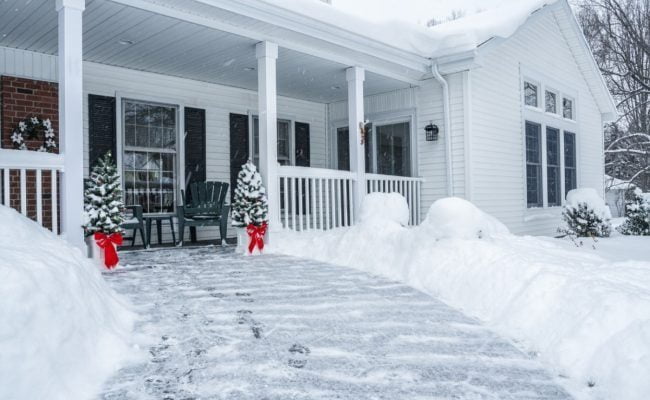
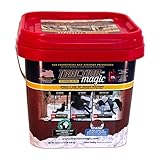


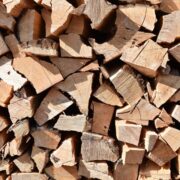
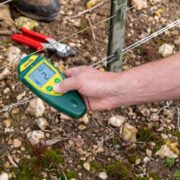


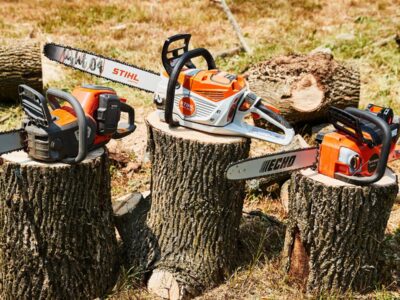

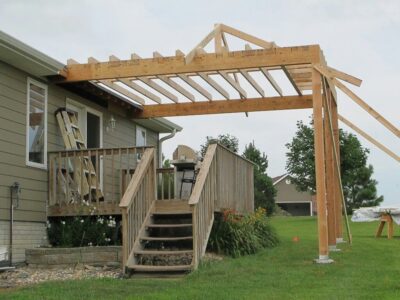
[…] doors of your house. For example, if you want to use the system to maintain the temperature in the winter, you can turn on the conditioner in a single room then shut the doors and windows in other […]
I live in Vermont where it is cold and snowing for half the year. From my experience, salt will thaw the ice no matter what the temperature is.